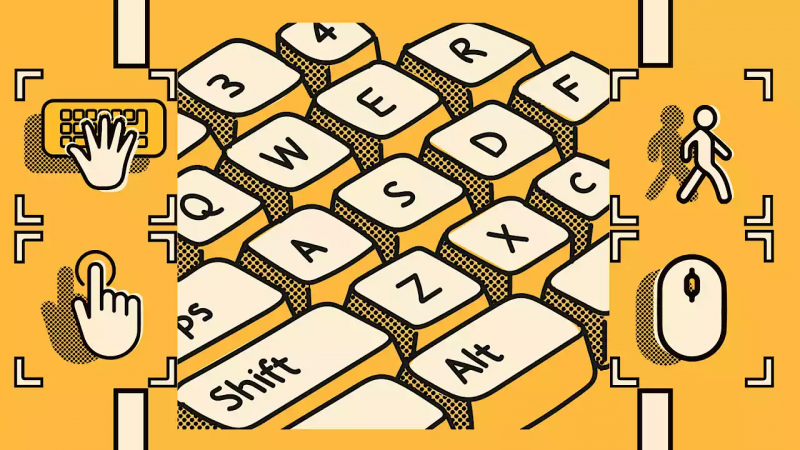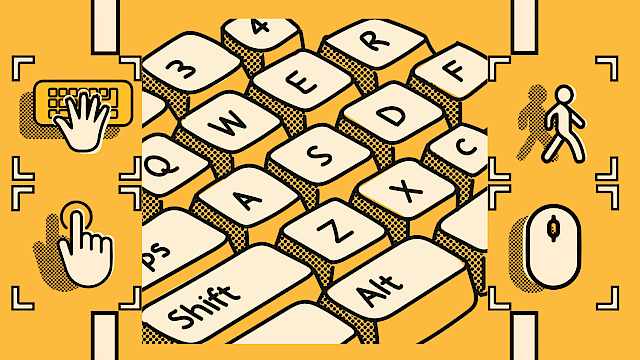
Collecting and Leveraging Identity Cues with Keystroke Analysis (CLICKA)
Keystroke dynamics is the study and analysis of an individual’s typing behaviours. These typing patterns can be as uniquely identifying as a user’s signature or handwriting and as such can be used to confirm the identity of an individual.
These techniques can also be used to derive physical attributes and other identity data about the user at the keyboard. For example, their hand size, handedness, typing style or even emotional state.
Our research looks to build on these ideas and evolve beyond simply predicting the characteristics of individual users. Instead, this research attempts to develop novel, intelligent methods capable of discerning real-world identity ‘cues’ about the user and hence learn characteristics such as the name or native language of an individual.
The project is based on the idea of ‘motor learning’, which suggests that a task becomes more automatic and requires less conscious thought the more it is repeated. This idea applies to typing and keystrokes; the things that we type more often are noticeably more fluid.
In the first instance, the project will develop an experimental framework to capture a user’s typing behaviour. This will then be used to create a predictive model, using state-of-the-art machine learning techniques capable of inferring some or part of an anonymous individual’s name.
Additionally, the work will look to develop an understanding of the learning process involved and the time taken for behaviours to become ‘automatic’ and noticeable within a user’s typing patterns.
Project resources
Academic Publications
CLICKA: Collecting and leveraging identity cues with keystroke dynamics
The way in which IT systems are usually secured is through the use of username and password pairs. However, these credentials are all too easily lost, stolen or compromised. The use of behavioural biometrics can be used to supplement these credentials to provide a greater level of assurance in the identity of an authenticated user. However, user behaviours can also be used to ascertain other identifiable information about an individual. In this paper we build upon the notion of keystroke dynamics (the analysis of typing behaviours) to infer an anonymous user’s name and predict their native language. This work found that there is a discernible difference in the ranking of bigrams (based on their timing) contained within the name of a user and those that are not. As a result we propose that individuals will reliably type information they are familiar with in a discernibly different way. In our study we found that it should be possible to identify approximately a third of the bigrams forming an anonymous users name purely from how (not what) they type.


